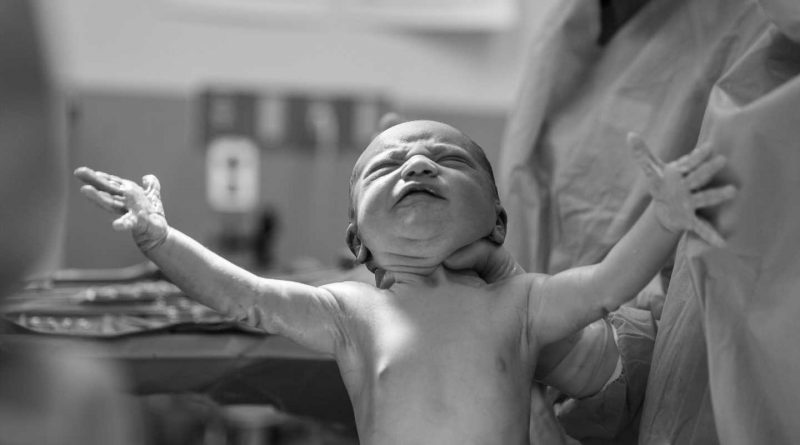Giving birth outside of working hours in England is safe, suggests study

A new study suggests that between 2005 and 2014, for almost all births in England, being born outside of working hours did not carry a significantly higher risk of death to the baby from anoxia (lack of oxygen) or trauma, when compared to births during working hours.
The finding runs contrary to an assumed wider “weekend effect,” with previously reported research suggesting a significantly higher risk of death for births outside of working hours or at weekends.
The current study from City, University of London linked together a large body of data from health services and official statistics, relating to over six million births during a ten-year period. It is published online in the journal BMJ Open.
This allowed the researchers to analyze births in great detail, including stratifying them by how the labor started (“spontaneous” onset, induced onset, no labor), by the type of birth (“spontaneous,” cesarean, or assisted with forceps or ventouse), by time of day, and by day of birth, as well as taking account of obstetric risk factors.
Importantly, the study excluded stillbirths (deaths before birth) from the analysis. Over 90% of stillbirths are known to occur prior to the onset of labor and are therefore unlikely to be affected by care at birth. In the majority of the remaining cases it is unknown whether the stillbirth occurred before or during birth.
Stillbirths had been included in a previously published study of 1.3 million births in England, which looked at the day of the week of the birth, but not time of day, and which concluded that the rate of stillbirth, death during pregnancy, or death in the first week after live birth was higher on the weekends.
A previous study in Scotland of over a million births excluded stillbirths and included the time of day of birth in its analysis of deaths in the first month after live birth. It concluded that rates of death were higher outside of working hours during the week, compared to working hours.
However, neither of these studies was large enough to provide the sufficient detail needed to identify the small subgroup of births with a higher risk of death to the baby found in the current study of births in England.
The current study found that for 2% of births in England—births by emergency cesarean without labor—being born outside of working hours brought a 1.5 fold higher risk of death to the baby from anoxia (lack of oxygen) or trauma, compared to births during working hours. As the death of a newborn is a rare event, this higher relative risk nonetheless translates to a low absolute risk (an estimated 46 deaths of newborn babies over the ten-year study period).
The study recommends that based on this evidence, attempts to reduce risk should focus on this smaller subset of emergency births, rather than regarding all births out of hours as dangerous. It recommends that further research focus on understanding who goes on to have an emergency cesarean birth without labor, and what aspects of care in the community or in hospital can help prevent critical incidents arising. Such aspects of care could include monitoring before birth or advice on healthcare-seeking behavior for particularly vulnerable mothers or babies.
The authors acknowledge that their study has not investigated birth data for the years 2015 to present. However, these data have not yet been linked and made available, meaning that analysis of the period, which will have included the effects of the worsening maternity services staffing crisis and the COVID-19 pandemic, was beyond the scope of the current study. They continue to seek funding to acquire and analyze these data in a future study.
Alison Macfarlane, Principal Investigator of the study and Professor of Perinatal Health at the Department of Midwifery and Radiography from City, University of London, said, “These findings are very reassuring and demonstrate the benefits of using a very large, linked dataset. They show that attention should shift from the timing of birth to identifying this very small subgroup of highly vulnerable women and the measures required to meet their needs.”
More information:
Neonatal mortality in NHS maternity units by timing and mode of birth: a retrospective linked cohort study, BMJ Open (2023). DOI: 10.1136/bmjopen-2022-067630
Journal information:
BMJ Open
Source: Read Full Article
